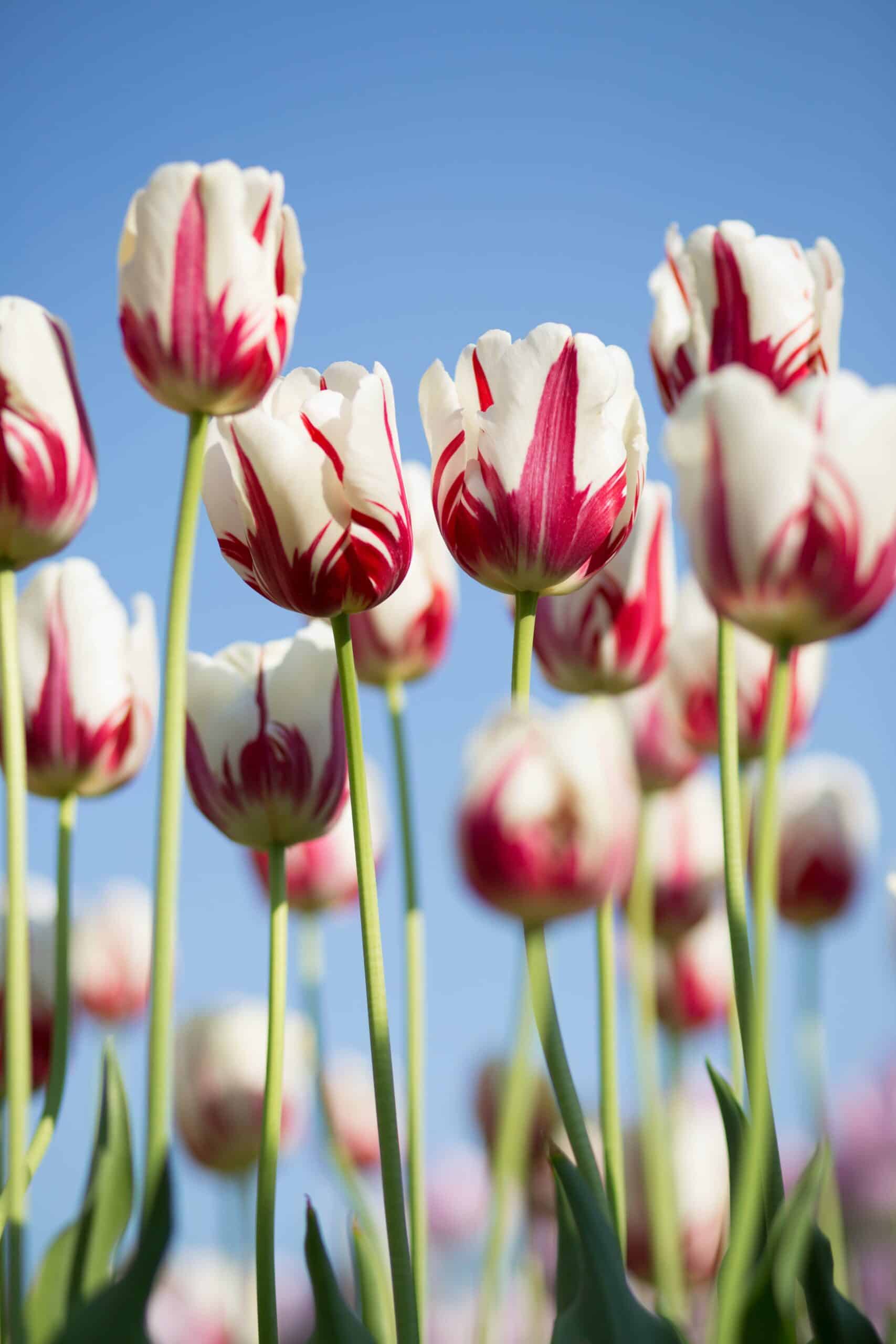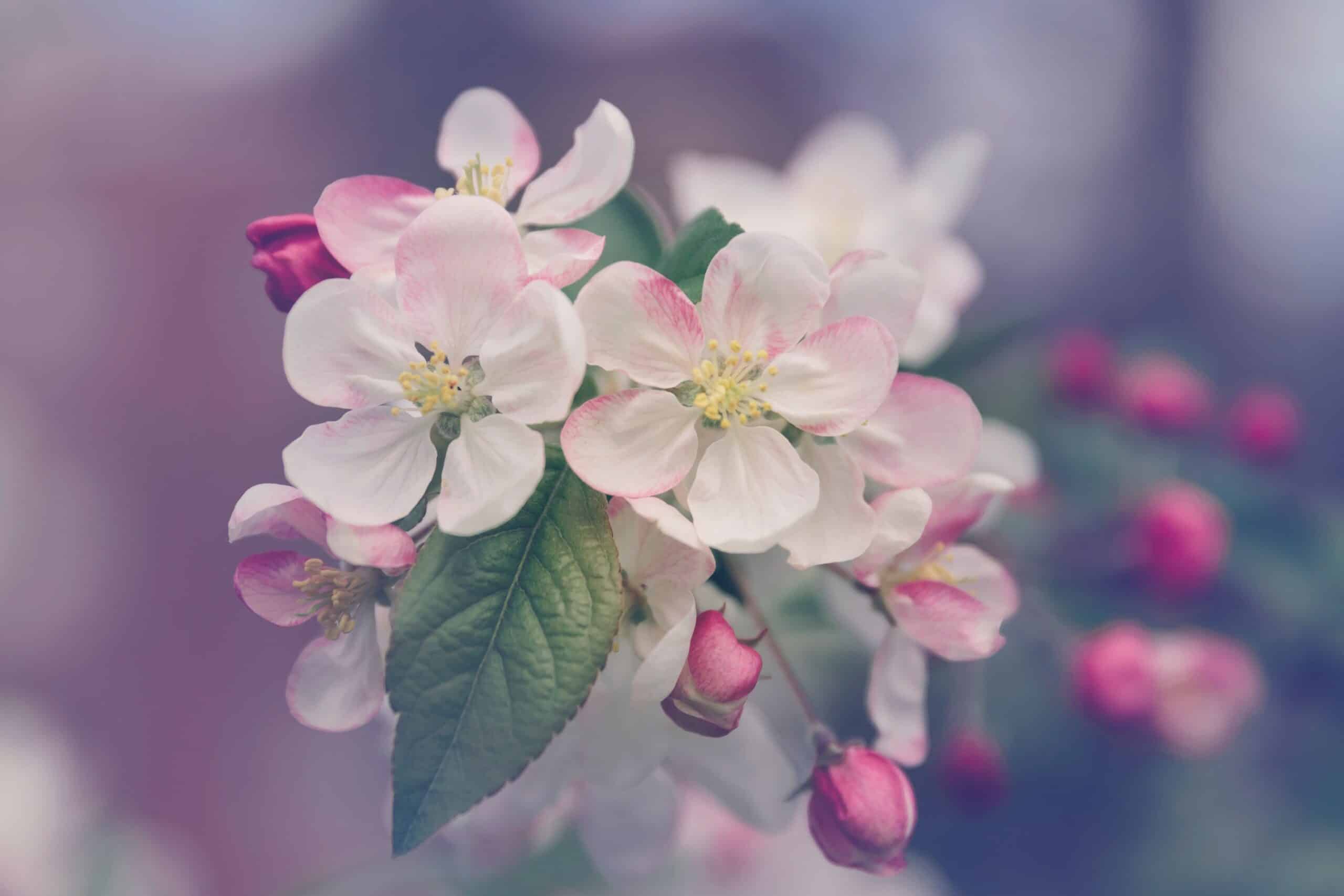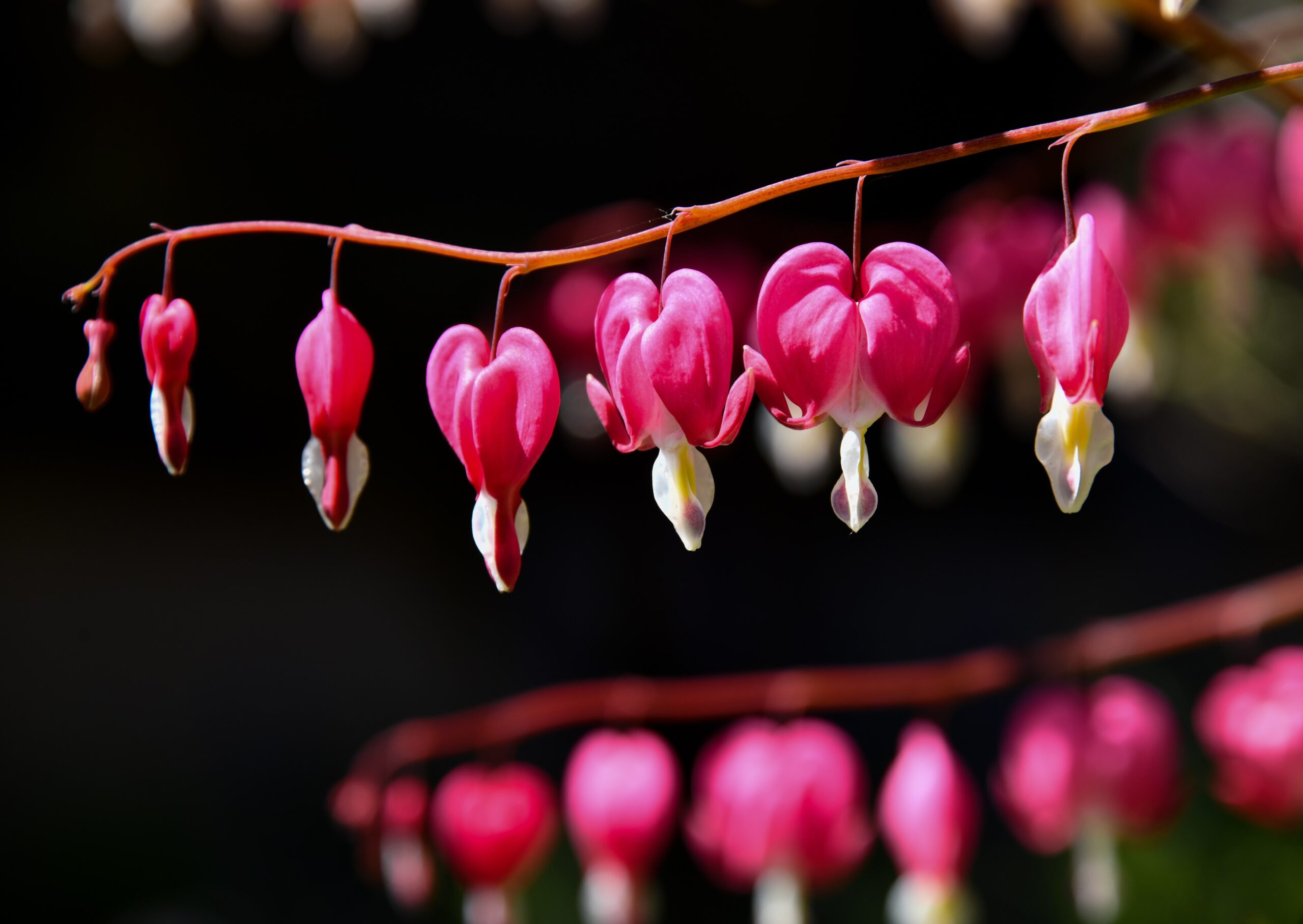Parrot’s Beak, scientifically known as Lotus berthelotii, is a charming and vibrant trailing plant that’s sure to add a burst of color and elegance to your garden or hanging baskets. Native to the Canary Islands, this plant derives its name from its distinctive, beak-shaped orange-red flowers that resemble a parrot’s beak. In this comprehensive guide, we will walk you through the steps of planting and nurturing Parrot’s Beak, so you can enjoy its stunning blooms year-round.

Getting Started with Parrot’s Beak
- Selecting the Right Location: Parrot’s Beak thrives in a sunny or partially shaded spot. If you’re planting it indoors, place it near a bright window where it can receive indirect sunlight. Outdoors, choose a location with well-draining soil and good air circulation.
- Soil Preparation: Ensure well-draining soil for your Parrot’s Beak. A mix of potting soil and perlite or sand will provide the right balance between moisture retention and drainage. If planting in a garden bed, amend the soil with organic matter to improve its texture and drainage.
- Container or Garden Bed: Parrot’s Beak can be grown in containers, hanging baskets, or directly in garden beds. Choose a container or hanging basket with adequate drainage holes to prevent waterlogged soil.
Planting Parrot’s Beak
- Propagation: You can grow a Parrot’s Beak from seeds or cuttings. If using seeds, sow them in the spring or early summer. For cuttings, take 2-3 inch stem cuttings from a healthy plant and let them dry for a day or two before planting.
- Planting Depth: Plant seeds or cuttings about 1/4 inch deep in the soil. Space multiple plants at least 6-8 inches apart to allow for their trailing growth.
- Watering: Keep the soil consistently moist but not waterlogged. Water when the top inch of soil feels dry. During hot summers, you may need to water more frequently. Avoid overhead watering to prevent foliage diseases.

Caring for Your Parrot’s Beak
- Pruning: Regular pruning is essential to encourage branching and prevent legginess. Pinch back the growing tips to promote bushier growth. You can also trim any leggy or dead growth to maintain a neat appearance.
- Fertilization: Feed your Parrot’s Beak with a balanced, water-soluble fertilizer every 4-6 weeks during the growing season (spring to early autumn). Reduce fertilization in late autumn and winter when the plant is less active.
- Overwintering: Parrot’s Beak is not frost-tolerant. If you live in a colder climate, consider bringing your plant indoors during winter or providing frost protection. Ensure it receives bright, indirect light indoors.

Enjoying the Blooms
- Blooming Period: Parrot’s Beak typically blooms from spring to early autumn. The distinctive, beak-shaped flowers are vibrant orange-red and can add a splash of color to your garden or indoor space. Be patient, as it may take some time for your young plant to mature and start flowering.
- Deadheading: To encourage continuous blooming, remove spent flowers regularly. This will redirect the plant’s energy into producing new blooms. Use clean, sharp scissors or pruning shears to snip off the faded flowers.
- Trailing Growth: Parrot’s Beak has a trailing growth habit, making it an excellent choice for hanging baskets and containers. You can let it cascade naturally or train it to climb a trellis or support. The trailing stems can reach lengths of 3-4 feet, creating a beautiful cascade of foliage and flowers.
- Pest and Disease Control: Watch for common pests like aphids and spider mites. Treat infestations promptly with insecticidal soap or neem oil. Ensure good air circulation around the plant to prevent fungal diseases.

Parrot’s Beak is a charming and visually striking plant that’s relatively easy to grow with the right care. Its unique orange-red blooms and trailing growth habit make it a fantastic addition to your garden, patio, or indoor space.
By following the guidelines outlined in this comprehensive guide, you can plant and grow Parrot’s Beak successfully. Whether you’re a seasoned gardener or a newcomer to the world of gardening, this vibrant and charismatic plant is sure to bring joy and color to your green space. So, roll up your sleeves, prepare your potting mix, and enjoy the delightful blooms of Parrot’s Beak, creating a vivid tapestry of nature’s beauty in your own corner of the world.
What we love from Amazon this week
Buy these wonderful flowers directly from Amazon:














